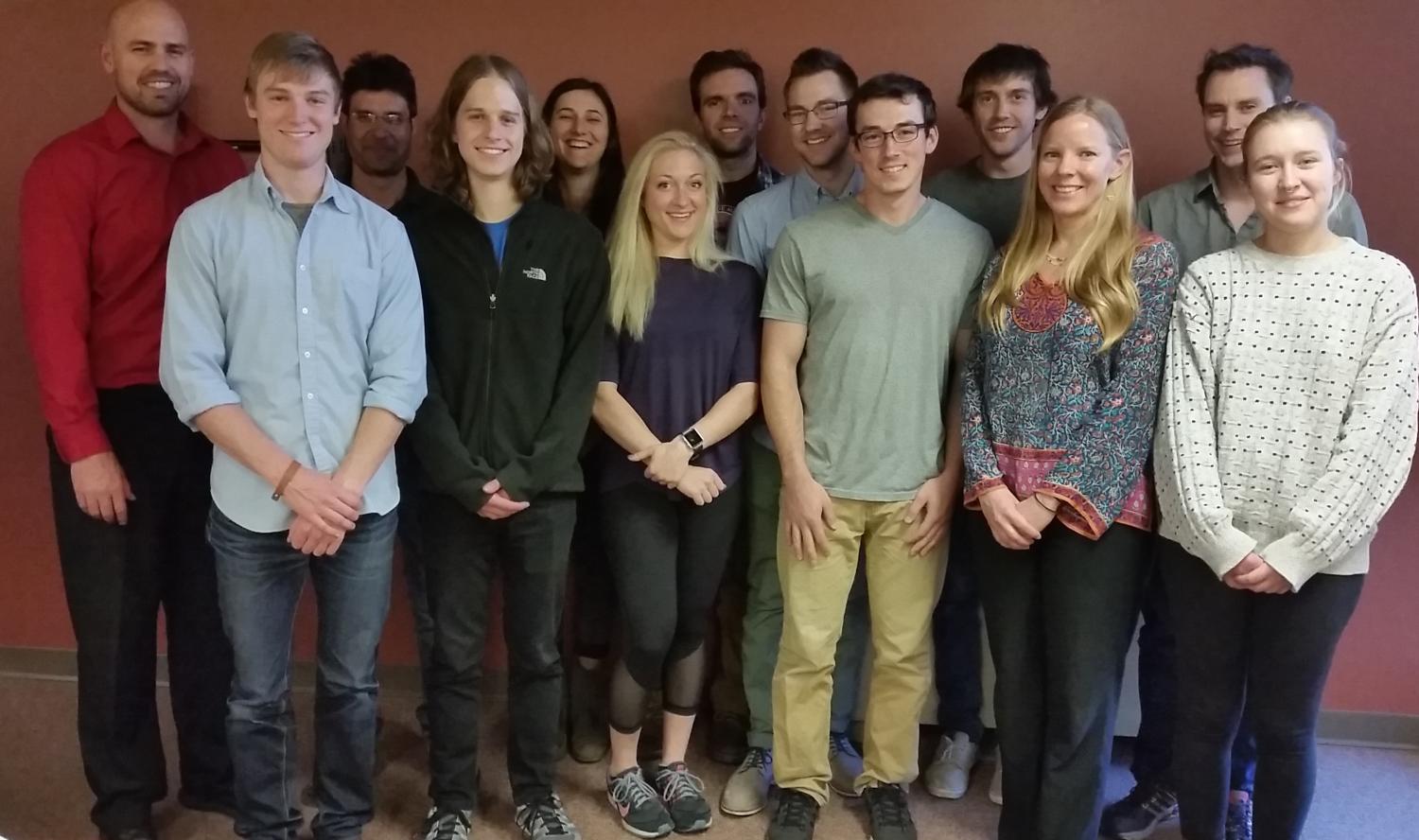How to predict the future: Interdisciplinary statistical analysis at LISA

In the data analytics world, anything is possible with the advent of “Big Data.” In the business world, the prediction and evaluation of patterns and trends from assessing existing data leads to better decisions and targeted practices that directly impact a company’s bottom line. In the research world, predictions and theory are the basis for some of the greatest and most impactful discoveries that are changing lives on a global scale. CU Boulder’s new Laboratory for Interdisciplinary Statistical Analysis (LISA) merges these three worlds together to create one dynamic resource.
Launched last fall, LISA is one of many data analytic capabilities available across the Boulder campus—and one of the newest. Originally founded at Virginia Tech in 2008, Director Eric Vance has since grown LISA into a thriving laboratory managing over 400 research and industry projects annually, while training undergraduate, graduate and postdoc students in statistics and data science. With continued company engagement, Dr. Vance envisions the same level of success at CU Boulder.
“Statistical analysis uses data to learn about the past, generate theories to explain current phenomena and make predictions about the future,” Dr. Vance explains. “Therefore, statistics can be very useful for making business decisions.”
LISA focuses on training students, supporting research infrastructure and teaching statistical skills and literacy. Students learn how to move between theory and practice to gain the skills needed to compete in today’s data-fueled workplaces. “I feel lucky to have gotten the opportunity to broaden not only my mathematical, but also my interpersonal vocabulary while working in LISA,” says Applied Mathematics senior Camryn Schultz. “This program and class was my first introduction to bridging the gap between the mathematical sphere and the chaotic, evolving outer world.”
Industries need to evolve in order to effectively compete, which requires better interpretation of large volumes of raw transactional data, and a different view of statistics in the role of research and development. “The most profound realization of the LISA program is how it introduces, and deliberately defines, collaboration,” Camryn stresses. “No longer is the job of a statistician limited to translation, analysis, or consultation. Statistical collaborators step into all of these roles, and have the previously unacknowledged ability to further research based on surfacing discoveries.”
Statistical analysis is essential in all aspects of research and across every industry sector. Industry partners can tap LISA’s expertise to create powerful solutions for real-world problems. In addition to working on specific issues, LISA offers short courses and workshops for both CU personnel and the business community on various statistical topics. These offerings are often customized for unique industry/business interests to develop business employee statistical skills and literacy.
LISA is also an active participant in CU Boulder’s mission to positively impact humanity. The LISA 2020 Program trains students from developing countries to become collaborative statisticians, who then help enable and accelerate research to solve real-world problems in their region. The goal is to build a network of 20 statistical collaboration laboratories in developing countries by 2020. With five new laboratories already established and plenty of statistician interest, LISA is now strategizing on how to gain the funding and support needed to sustain these collaborative laboratories and sponsor the setup and training for new ones.
With the world-changing resources of Big Data at its fingertips, interdisciplinary data analytics is mapping the science behind forecasting and predicting the future.


